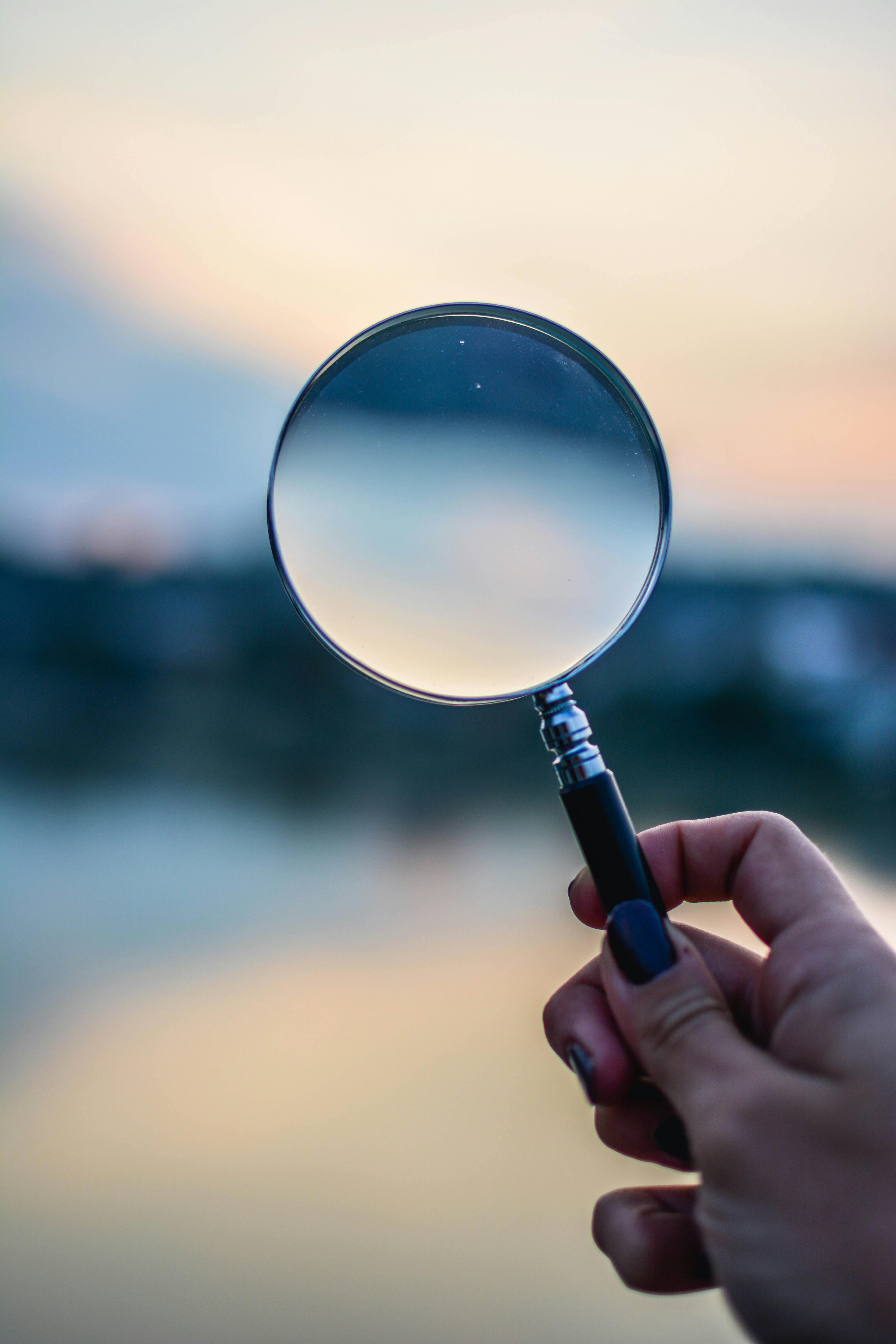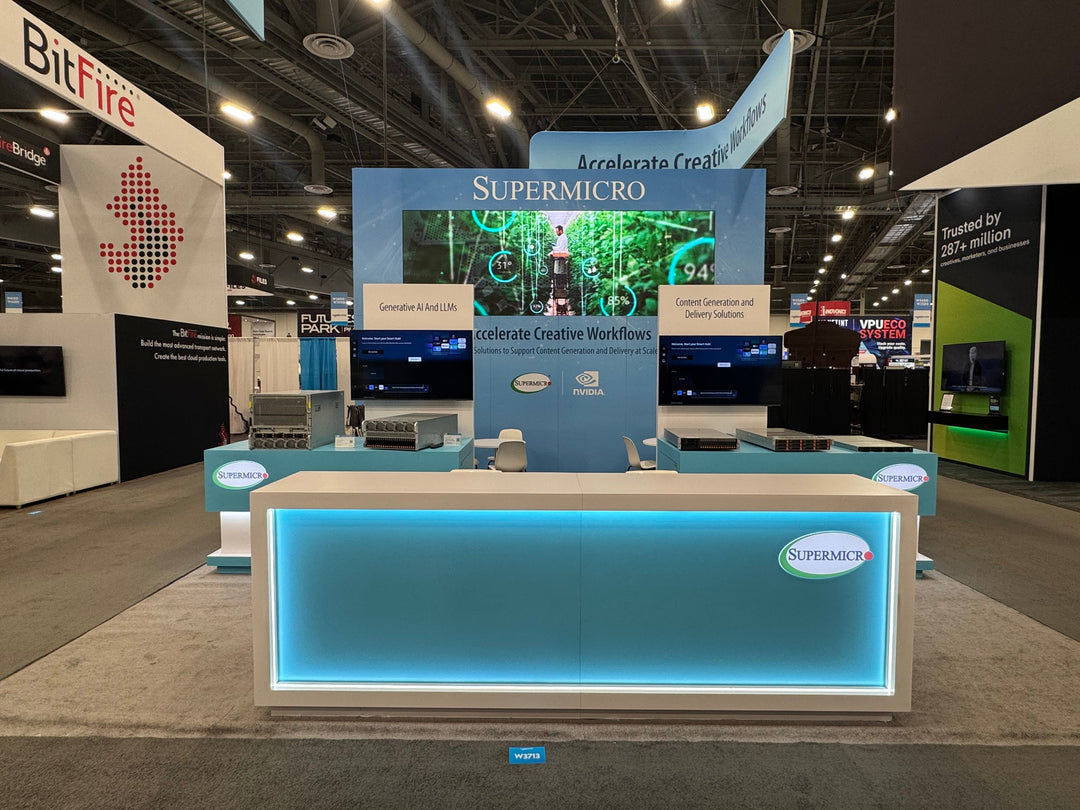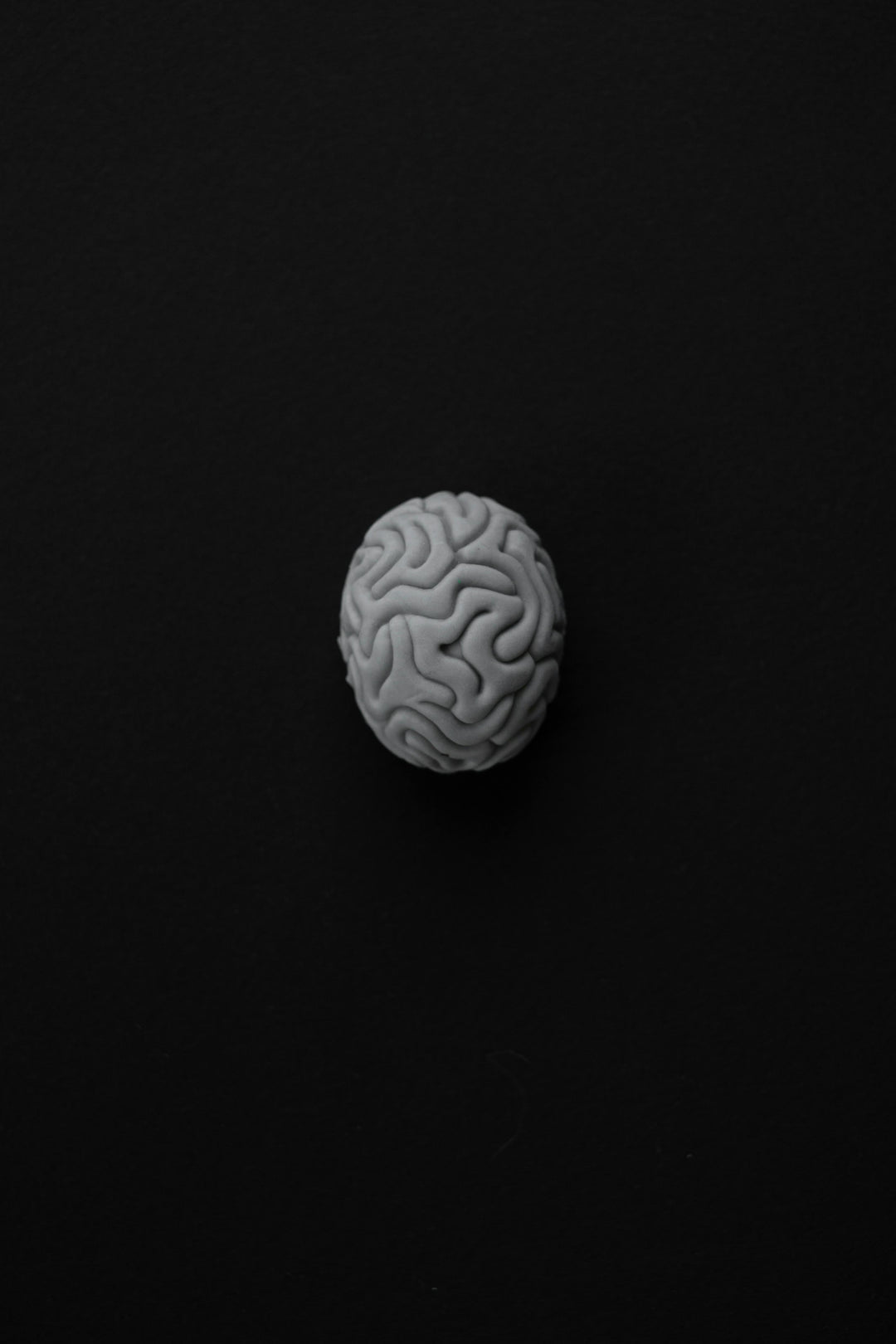Exhibiting at trade shows and industry events is an excellent way to showcase your brand, connect with potential customers, and grow your business. However, the success of your event often hinges on the quality and relevance of your booth design. A well-designed custom booth can captivate your audience, effectively communicate your brand identity, and drive engagement.
Here’s a comprehensive guide to choosing the right custom booth design for your brand. By focusing on alignment with your brand identity, considering key factors such as target audience, budget, and functionality, you can create a booth that stands out and achieves your objectives.
Step 1: Understand Your Brand Identity
Your booth design should be a direct reflection of your brand’s identity. To ensure alignment:
-
Clarify Your Brand Values: Identify the core values and mission that your brand represents. Is your brand modern and innovative, or traditional and reliable? These values should influence the look and feel of your booth.
-
Incorporate Brand Elements: Use your brand’s color palette, logo, and typography consistently in your booth design. This ensures recognition and reinforces your visual identity.
-
Tell Your Brand Story: Consider how your booth can narrate your brand story through visuals, interactive elements, or even product displays. A cohesive story helps attendees remember your booth long after the event.
Step 2: Know Your Target Audience
Your booth’s design should resonate with your target audience. To ensure this:
-
Understand Their Preferences: Research the demographics, interests, and needs of your target attendees. For example, a tech-savvy audience might appreciate sleek, digital elements, while a more traditional audience might value classic design.
-
Cater to Pain Points: Consider the challenges or needs of your audience and how your booth can address them. This could be through informative displays, product demonstrations, or hands-on experiences.
-
Create an Inviting Atmosphere: Ensure your booth feels approachable and inclusive. Use elements like open layouts, comfortable seating, and friendly staff to encourage visitors to engage.
Step 3: Set a Realistic Budget
Budgeting is a critical factor in custom booth design. Here’s how to approach it:
-
Define Your Budget Early: Determine how much you can allocate to the booth design and production without compromising other aspects of your event strategy.
-
Prioritize Elements: Decide which features are essential and allocate funds accordingly. High-impact elements like large graphics or interactive technology might be worth a larger investment.
-
Plan for Hidden Costs: Account for expenses such as shipping, installation, and maintenance, which can add up quickly.
Step 4: Focus on Functionality
Your booth should not only look good but also serve a purpose. Key considerations include:
-
Traffic Flow: Design your booth layout to manage foot traffic efficiently. Avoid overcrowded or confusing spaces that deter visitors.
-
Product Display: Ensure your products or services are prominently showcased. Use creative displays or demonstrations to highlight key features and benefits.
-
Engagement Opportunities: Incorporate elements like interactive screens, games, or photo booths to engage attendees and encourage them to spend more time at your booth.
-
Accessibility: Make sure your booth is accessible to all visitors, including those with disabilities.
Step 5: Stay on Top of Design Trends
Keeping your booth design fresh and modern can attract more visitors. Here are some current trends to consider:
-
Sustainability: Use eco-friendly materials and promote your commitment to sustainability.
-
Technology Integration: Incorporate digital displays, augmented reality (AR), or virtual reality (VR) to create immersive experiences.
-
Minimalist Design: Focus on clean, uncluttered layouts that make your booth visually appealing and easy to navigate.
-
Interactive Elements: Provide hands-on experiences that let visitors interact with your brand or products directly.
Step 6: Work with Experts
Designing a custom booth can be complex, but partnering with professionals can make the process smoother. Here’s how they can help:
-
Expertise: Professional designers bring creativity and industry knowledge to create impactful designs.
-
Customization: They can tailor the booth to meet your specific requirements, ensuring it aligns with your goals and brand identity.
-
Efficiency: Working with experts can save you time and help you avoid costly mistakes.
Conclusion
Choosing the right custom booth design for your brand is a strategic process that requires careful planning and attention to detail. By aligning your booth design with your brand identity, understanding your target audience, setting a realistic budget, prioritizing functionality, and staying updated on design trends, you can create a booth that captures attention and drives meaningful engagement.
Remember, your booth is often the first impression attendees will have of your brand at an event. Make it count by investing in a design that not only looks great but also communicates your brand’s value and purpose effectively.
If you’re ready to elevate your presence at trade shows and events, contact us today to discuss your custom booth design needs. Our team of experts is here to help bring your vision to life.





